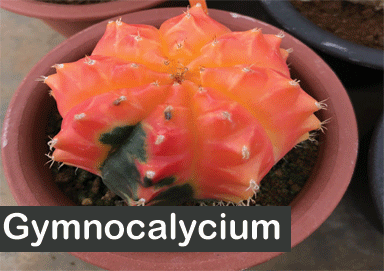LOPHOPLAZA
Welcome to LOPHOPLAZA
LOPHOPLAZA is an online store dedicated to rare cactus and collector plants.
Our garden was born from a deep passion for rare plants, established by a cactus enthusiast and family growers in Thailand.
We offer a wide selection of unique and hard-to-find species, including:
•Collector button cactus (nursery propagated only)
• Astrophytum
• Ariocarpus
• Succulents, Aloe Vera, and Carnivorous Plants
Each plant is carefully selected and grown with love, ideal for collectors and ornamental use.
Our Mission
• To support plant conservation by selling nursery-grown species
• To offer educational content about proper plant care and seed propagation
• To serve collectors worldwide with rare species legally and responsibly
Legal & Ethical Commitment
All products are sold for ornamental, educational, and conservation purposes only.
We strictly comply with Thai and international laws. We do not sell or promote any product for ingestion or any unlawful use.
International Shipping & Support
We ship globally with:
• Phytosanitary Certificates (upon request)
• CITES documents for protected species (for eligible countries)
• Secure packaging
• English & Thai customer support
LOPHOPLAZA is an online store dedicated to rare cactus and collector plants.
Our garden was born from a deep passion for rare plants, established by a cactus enthusiast and family growers in Thailand.
We offer a wide selection of unique and hard-to-find species, including:
•Collector button cactus (nursery propagated only)
• Astrophytum
• Ariocarpus
• Succulents, Aloe Vera, and Carnivorous Plants
Each plant is carefully selected and grown with love, ideal for collectors and ornamental use.
Our Mission
• To support plant conservation by selling nursery-grown species
• To offer educational content about proper plant care and seed propagation
• To serve collectors worldwide with rare species legally and responsibly
Legal & Ethical Commitment
All products are sold for ornamental, educational, and conservation purposes only.
We strictly comply with Thai and international laws. We do not sell or promote any product for ingestion or any unlawful use.
International Shipping & Support
We ship globally with:
• Phytosanitary Certificates (upon request)
• CITES documents for protected species (for eligible countries)
• Secure packaging
• English & Thai customer support
Powered by
MakeWebEasy.com










